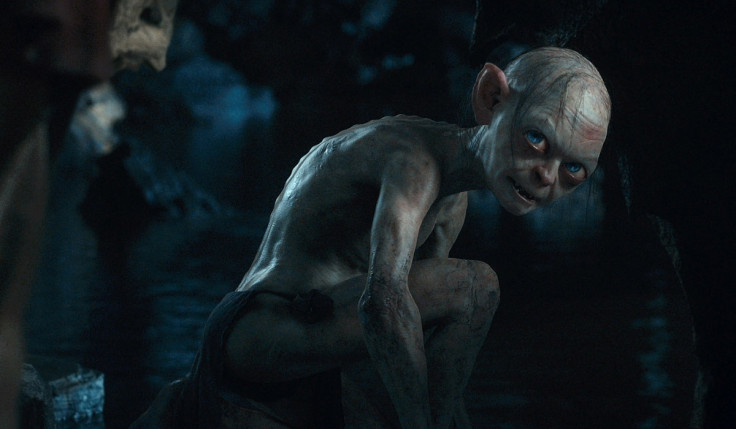The Hobbit at 80: Peter Jackson's films fell flat but he captured the most important scene perfectly
On Riddles in the Dark, as JRR Tolkien's classic book turns 80-years-old.

On 21 September 1947, British writer JRR Tolkien published The Hobbit, a fantasy story for children that unbeknown to its author at the time would bring to life a world that would go on to become a global phenomenon and define his legacy.
The story of Bilbo Baggins, a reluctant Hobbit who ends up on a grand adventure, was broadly about a dwarven quest to recover an enormous treasure, but along the way he encounters a strange creature and a golden trinket, the fate of which would change his world.
Tolkien wouldn't tell the story of the One Ring until the Lord of the Rings trilogy, published across 1954 and 1955, but it started with The Hobbit, and one scene in particular.
Separated from Gandalf the wizard and his band of thirteen dwarves (Thorin, Fili, Kili, Balin, Dwalin, Oin, Gloin, Dori, Nori, Ori, Bifur Bofur and Bombur), Bilbo gets lost in the tunnels deep inside the Misty Mountains.
While down there he discovers The Ring, and then Gollum, its owner. With the disheveled creature eager to eat him, but stalling for time, it challenges Bilbo to a game of riddles in the famed chapter Riddles in the Dark.
It's not just the chapter's connections to the epic story to come that makes it a beloved favourite. To say so would be a disservice to the quality of Tolkien's writing. It's the centrepiece of The Hobbit and so the one scene director Peter Jackson would be under the most pressure to do justice when he brought the story to the big screen in 2012.
After the enormous success of The Lord of the Rings trilogy, including an enormous haul of Academy Awards in 2004 following its final instalment, an adaptation of The Hobbit seemed inevitable.
Issues regarding the rights to the book delayed plans, but eventually a new film trilogy entered production with Jackson back on board.
The films weren't nearly as well-received as The Fellowship of the Ring, The Two Towers and The Return of the Ring, but they did do well at the box office.
Among its problems was an over-reliance on green screens, a stark contrast to the Lord of the Rings' wonderful use of New Zealand's natural landscapes, and the decision to split the book into three films instead of the originally planned two.
Two films was controversial enough, given the book is only about 300 pages, but three was ridiculous, especially considering the decision was reached in post-production, just a few months before the first film was released.

The films certainly had problems, but despite the terrible barrel sequence or any scene involving Legolas and his creepy contact lenses, Jackson, his cast and his crew perfectly adapted Riddles in the Dark.
A two-hander with Martin Freeman as Bilbo and Andy Serkis reprising his role as Gollum, the scene serves two purposes for the actors.
For Freeman it's a chance to shine without a horde of other actors surrounding him, vying for attention. For Serkis it's a chance to return to the part that made his name, and play him one last time.
As good as Freeman is, it's Serkis who steals the show. With the freedom of acting in just this one-off scene, he lets loose, giving a brilliant performance split like Gollum's personality between sinister and joyous.
It's also a masterclass in motion capture performance, like so much of the esteemed actor's underrated career. Serkis is able to contort and twist his face with every detail mapped to that of the former ring bearer, broadcasting his mental arithmetic as he attempts to solve Bilbo's riddles.
Fran Walsh, Philippa Boyens, Peter Jackson and Guillermo del Toro's script is light and zips along, Jackson clearly enjoying filming such a simple scene set entirely in one physical location. Inconsequential dialogue, as Gollum bickers with himself, is wonderful, and Freeman's reactions are on point as he plays a game of wits with this strange, volatile creature.
The effect created is stage-like, which is in contrast to the grander scale of the rest of An Unexpected Journey and the two films that followed.
Jackson, Serkis, Freeman and all involved can be proud that they did Tolkien's work justice in this scene, if not the rest of them. Riddles in the Dark isn't just the finest scene in this very problematic trilogy, it's one of the finest in the whole Lord of the Rings saga.
© Copyright IBTimes 2024. All rights reserved.






